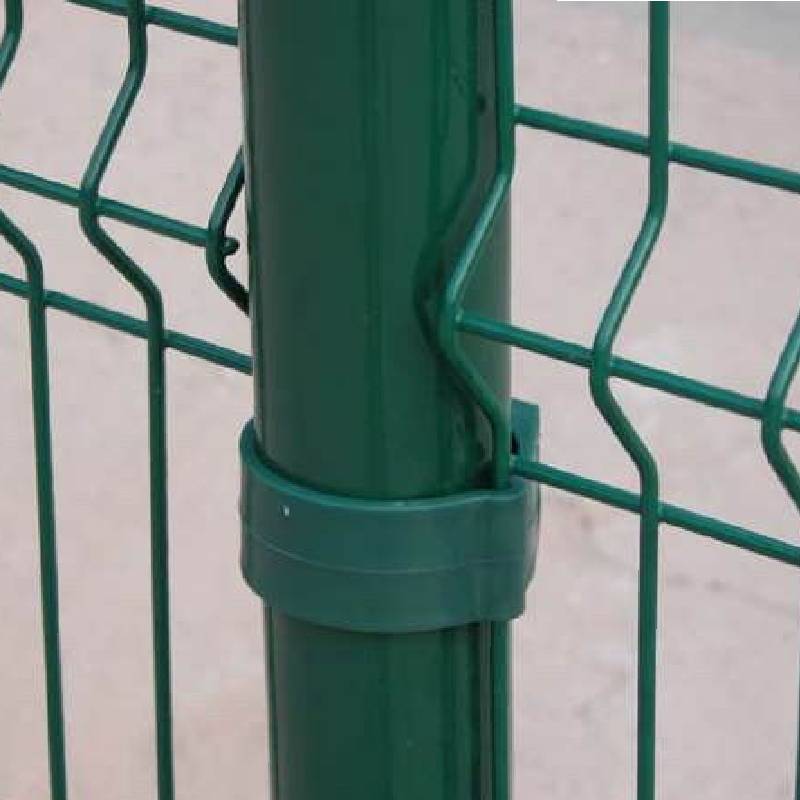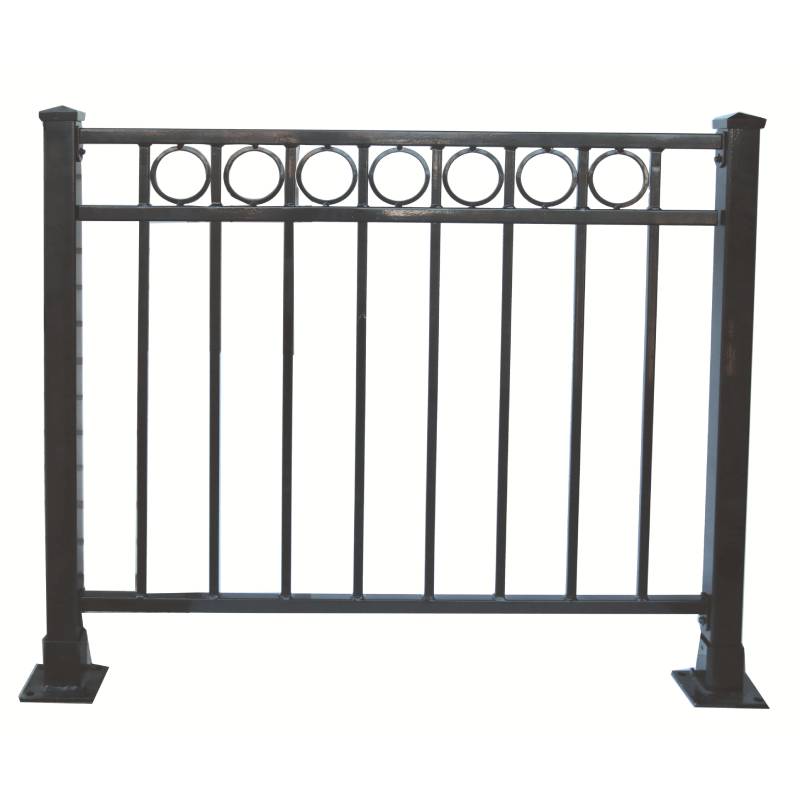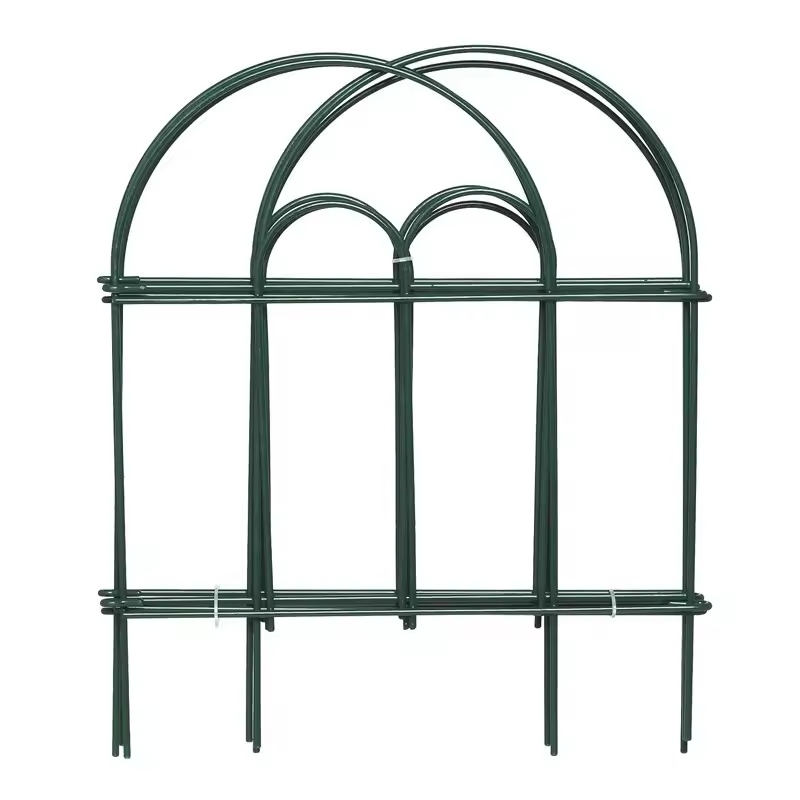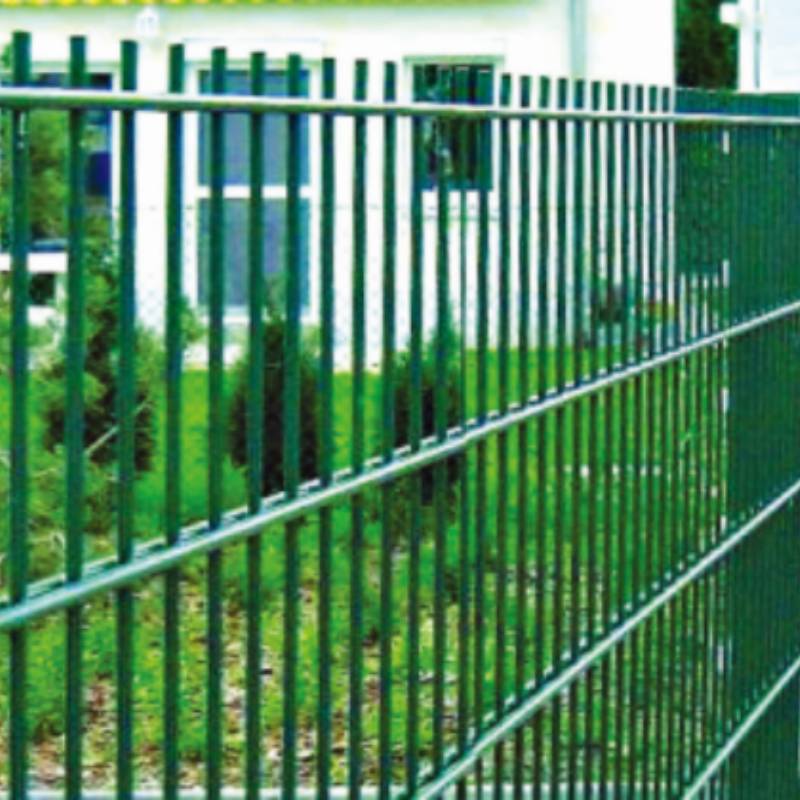-
E-mail:zhao@hyliec.cn
-
Tel:+86 311 85273988
-
WhatsAPP:8613931128750
-
 afrykanin
afrykanin -
 albański
albański -
 amharski
amharski -
 arabski
arabski -
 ormiański
ormiański -
 azerbejdżański
azerbejdżański -
 baskijski
baskijski -
 białoruski
białoruski -
 bengalski
bengalski -
 bośniacki
bośniacki -
 bułgarski
bułgarski -
 kataloński
kataloński -
 Cebuański
Cebuański -
 korsykański
korsykański -
 chorwacki
chorwacki -
 Czech
Czech -
 duński
duński -
 Holenderski
Holenderski -
 język angielski
język angielski -
 esperanto
esperanto -
 estoński
estoński -
 fiński
fiński -
 Francuski
Francuski -
 fryzyjski
fryzyjski -
 galicyjski
galicyjski -
 gruziński
gruziński -
 Niemiecki
Niemiecki -
 grecki
grecki -
 gudżarati
gudżarati -
 Kreolski haitański
Kreolski haitański -
 hausa
hausa -
 hawajski
hawajski -
 hebrajski
hebrajski -
 Nie
Nie -
 Miao
Miao -
 język węgierski
język węgierski -
 islandzki
islandzki -
 ibo
ibo -
 indonezyjski
indonezyjski -
 Irlandczyk
Irlandczyk -
 Włoski
Włoski -
 język japoński
język japoński -
 jawajski
jawajski -
 Kannada
Kannada -
 kazachski
kazachski -
 Khmer
Khmer -
 Rwandyjski
Rwandyjski -
 koreański
koreański -
 kurdyjski
kurdyjski -
 Kirgiski
Kirgiski -
 gruźlica
gruźlica -
 łacina
łacina -
 łotewski
łotewski -
 litewski
litewski -
 luksemburski
luksemburski -
 macedoński
macedoński -
 Malgashi
Malgashi -
 malajski
malajski -
 malajalam
malajalam -
 maltański
maltański -
 Maoryski
Maoryski -
 Marathi
Marathi -
 mongolski
mongolski -
 Myanmar
Myanmar -
 Nepalski
Nepalski -
 norweski
norweski -
 norweski
norweski -
 oksytański
oksytański -
 paszto
paszto -
 perski
perski -
 Polski
Polski -
 portugalski
portugalski -
 Pendżabski
Pendżabski -
 rumuński
rumuński -
 Rosyjski
Rosyjski -
 Samoański
Samoański -
 szkocki gaelicki
szkocki gaelicki -
 serbski
serbski -
 język angielski
język angielski -
 Shona
Shona -
 Sindhi
Sindhi -
 syngaleski
syngaleski -
 słowacki
słowacki -
 słoweński
słoweński -
 somalijski
somalijski -
 hiszpański
hiszpański -
 Sundajczyk
Sundajczyk -
 Suahili
Suahili -
 szwedzki
szwedzki -
 tagalski
tagalski -
 tadżycki
tadżycki -
 Tamil
Tamil -
 Tatar
Tatar -
 telugu
telugu -
 tajski
tajski -
 turecki
turecki -
 Turkmenów
Turkmenów -
 ukraiński
ukraiński -
 urdu
urdu -
 Ujgur
Ujgur -
 uzbecki
uzbecki -
 wietnamski
wietnamski -
 walijski
walijski -
 Pomoc
Pomoc -
 jidysz
jidysz -
 Joruba
Joruba -
 Zulus
Zulus
Ogrodzenie panelowe
Wholesale Metal Fence Panels ?
Wholesale metal fence panels are a popular choice for those looking for durable and secure fencing solutions. These panels are often made steel materials providing a
strong and long-lasting option for garden fencing. They are available in various designs and sizes, making them suitable for a wide range of applications. Wholesale options offer cost-effective solutions for purchasing metal fence panels in bulk, making them ideal for contractors, landscapers, and property developers looking to install fencing on a larger scale.
Is It Cheaper To Buy Fence Panels Or Build Them?
The cost of buying fence panels versus building them can vary depending on several factors. In general, buying pre-made fence panels can be cheaper and more time-efficient than building them from scratch. Pre-made panels are mass-produced, which often makes them more cost-effective due to economies of scale. Additionally, purchasing fence panels can save on labor costs, as they are typically easier and quicker to install compared to building a fence from individual components. However, building a fence from raw materials allows for more customization and control over the design, which may be a priority for some individuals. It's important to consider the specific requirements, budget, and time constraints when deciding whether to buy or build fence panels.
How To Install A Panel Fence?
To install a panel fence involves several steps:
1. Measure and plan: Determine the length of the fence and calculate the number of panels needed. Plan the layout and ensure the fence posts are installed at the appropriate intervals to accommodate the panels.
2. Install the posts: Dig holes for the fence posts, ensuring they are deep enough to provide stability. Set the posts in concrete and allow them to cure before attaching the panels.
3. Attach the panels: Once the posts are set, attach the panels to the posts using appropriate fasteners such as screws or nails. Ensure the panels are level and properly aligned.
4. Add finishing touches: Depending on the type of panels used, additional finishing touches such as capping, trim, or paint may be required to enhance the appearance and durability of the fence.
5. Maintenance: Regular maintenance, such as cleaning and sealing, may be necessary to ensure the longevity of the fence panels.
It's important to follow the manufacturer's instructions and local building codes when paneling a fence to ensure proper installation and compliance with regulations. If in doubt, it's advisable to consult with a professional or seek guidance from experienced individuals.








